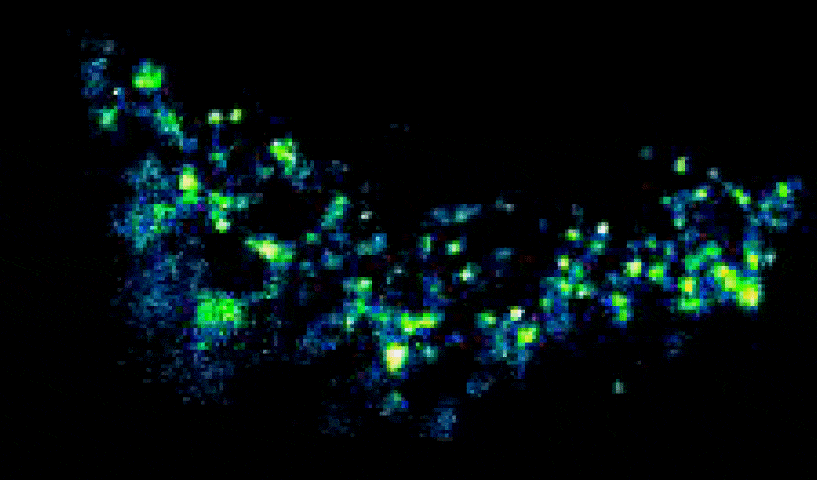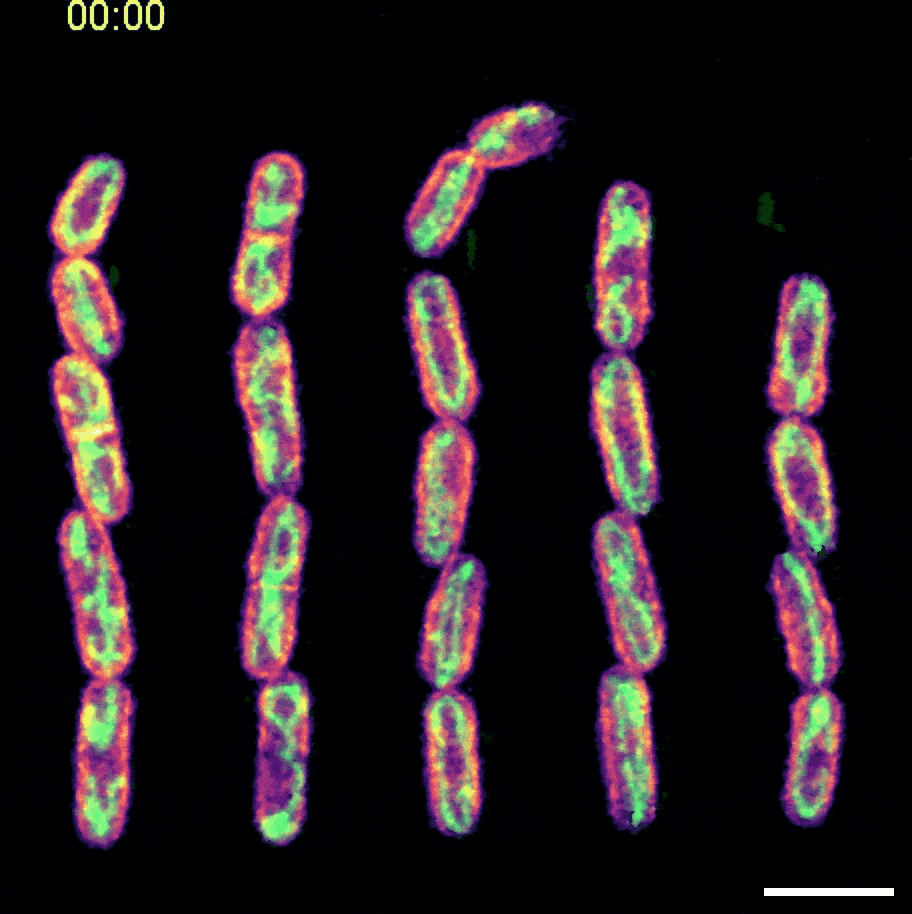An interview with Dr. Vaishnavi Ananthanarayanan
Posted by Greg Redpath, on 4 November 2024
Dr. Vaishnavi Ananthanarayanan is the 2025 recipient of the Royal Microscopical Society Award for Life Sciences. She is the first winner outside of Europe, highlighting the incredible cellular imaging she has led across the world.

Dr. Vaishnavi Ananthanarayanan is an EMBL Australia Group Leader in the Department of Molecular Medicine at UNSW, Sydney. Vaishnavi received her Ph.D. from the Max Planck Institute of Molecular Cell Biology and Genetics, Dresden, Germany in 2014, very rapidly became a Group Leader at the Indian Institute of Science, Bangalore (also in 2014!), and in late 2020 relocated to Sydney, Australia to start the Cytoskeleton and Motors Laboratory in the EMBL Australia Node in Single Molecule Science. The core theme of Vaishnavi’s research has been to understand how stochasticity gives rise to complex cellular functions, using cutting edge live cell single molecule imaging to pick apart how seemingly random interactions control what is happening in the cell. Vaishnavi’s main passion is the molecular motor dynein, but her diverse research group investigates processes such as how motor interactions regulate receptor sorting and signalling, how mitochondria and microtubules regulate each others stability and function, and how mitochondrial homeostasis is regulated. Vaishnavi is also a staunch Equity, Diversity and Inclusiveness advocate, having co-founded BiasWatchIndia, and is a passionate mentor for Early Career Researchers. In the interview with Vaishnavi, we will hear a bit more about why single molecule imaging is a passion and the work going on in her group right now.
Interview
First of all, congratulations on the RMS Award for Life Sciences. It is pretty cool being the first researcher outside of Europe to win. What does the award and recognition mean to you?
It’s an incredible honour to be recognised for my lab’s science. It tells us we’re doing the right things and motivates everyone in the lab to keep going!
Tell us about how you got started off in single molecule imaging? What was it that captured your interest to turn it into the focus of your career?

The first time I visualised single molecules in cells (although we didn’t know for sure at that time) was the first day of my PhD with Iva Tolic! I was at a TIRF microscope with another member of the lab, and looking at the diffusion of single dynein molecules was spellbinding. I went on to optimise the imaging, and characterisation of single molecule behaviour of dynein in fission yeast. This was the first time that dynein had been visualised at the single-molecule level in a living cell – and there were still so many unknowns.
As a group leader, you have an interesting range of research projects running! The biological questions you ask and systems you use are very diverse. Tell us about the projects going on in the lab and the scientific questions you are interested in?
The overall theme of the lab is understanding how complexity emerges from stochasticity, particularly focused on the cytoskeleton and motor proteins. We have a few different projects going on, including microtubule-mitochondrial interplay in dictating mitochondrial dynamics; cellular decision-making during cargo sorting; mitochondrial inheritance and homeostasis and intracellular signalling itinerary of psychedelics-bound serotonin receptor. While these might seem quite disparate in terms of the overarching biological process, they are united in the underlying tools and techniques we employ to study them (live-cell/super-resolution/single-molecule imaging, quantitative cell biology and biophysical characterisation), but more importantly, the stochasticity that defines the robustness of activity.

What other methods are you using in the lab right now (tell us about the mother machine!)? What new methods are you hoping to get established next, imaging or otherwise, and what questions are you hoping to answer with them?

Haha yes, the fission yeast mother machine is a local celebrity now. The ‘mother machine’ was a microfluidic device that was first developed for use in bacterial cell dynamics over multiple generations with precise environmental control. We obtained the mould for a fission yeast mother machine from a collaborator Dr. Hidenori Nakaoka (Tokushima Uni) and we’ve been using this to understand how mitochondrial volume homeostasis is maintained across several generations of cells. Another new method we’re developing in the lab is an endosomal isolation protocol for quick, easy and gentle pulldown of intact endosomal subtypes with specific identities (e.g. Rab5+, EGFR+). We’re hoping to use this method to uncover the sorting itinerary of receptors following ligand-binding.
What do you hope is next for your career? Both in terms of what you are trying to achieve in the lab, and for yourself as a leader in the field?
I’m excited by the pace at which new imaging technologies and gene-editing technologies are evolving. As we move towards better understanding spatiotemporal regulation of biological processes, it is imperative that we use these next-generation tools to visualise the dynamics of molecules in real-time at the single-molecule level in live cells. Live cells are messy and noisy, but the mess and noise underlies all biology and I think we need to embrace it!
Aside from your research, you are a staunch EDI advocate and strong mentor for ECRs. What sparked this advocacy and passion for mentorship for you? And what do you hope will change in academia over you career to make research careers more equitable?
I personally had a wonderful PhD experience thanks to a supportive mentor, and fantastic peers. However, I was aware from the experience of my friends pursuing PhDs in other labs that this is not always the norm. In my view, having a supportive, inclusive environment is key to a happy PhD experience, even more so than an ambitious project.
Academia currently selects for a specific type of scientist, one who had a traditional career path, did everything at the right place/time, and has specific personality traits. This needs to change – I think everyone’s story and trajectory is different and all these experiences are vital to making academia equitable.
Thanks to Vaishnavi for the interview. For those interested in more cool imaging, here is the link to her group’s website here: https://cytomotorslab.com/


 (4 votes, average: 1.00 out of 1)
(4 votes, average: 1.00 out of 1)